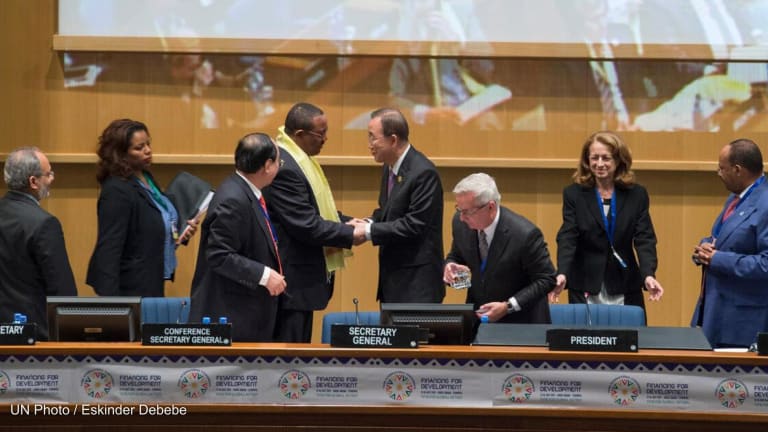The idea behind development is that money should flow from wealthy nations to low- and middle-income countries.
But last year, the global south paid out tens of billions more in debt repayments than they received in new lending and official development assistance, according to new research from anti-poverty organization ONE Campaign. And this year looks likely to be the same.
The ONE data, released in advance of the World Bank-IMF Spring Meetings this week, examines net financial transfers to nations in the global south and is based on data from the World Bank and the Organisation for Economic Co-operation and Development.
This story is forDevex Promembers
Unlock this story now with a 15-day free trial of Devex Pro.
With a Devex Pro subscription you'll get access to deeper analysis and exclusive insights from our reporters and analysts.
Start my free trialRequest a group subscription







